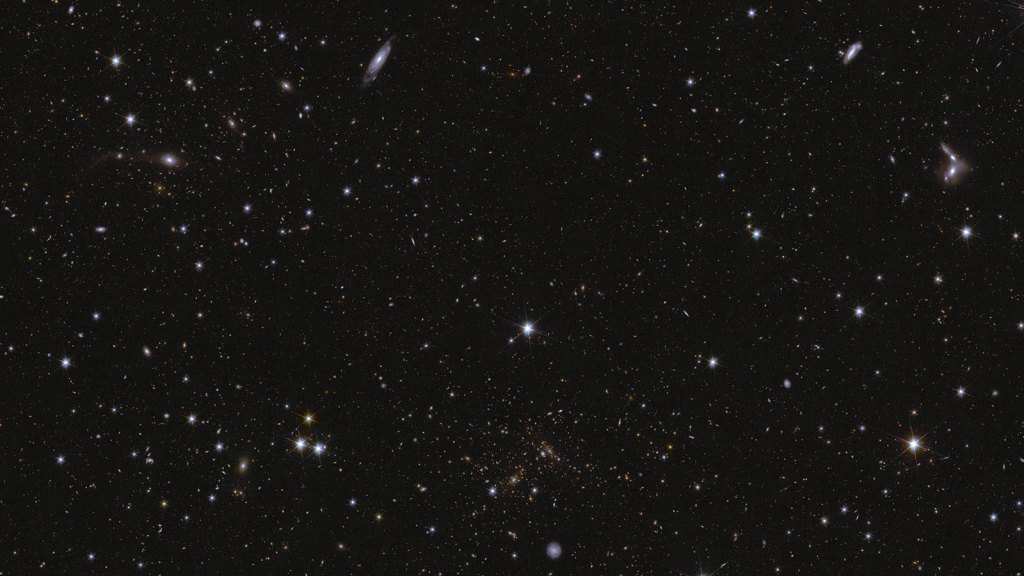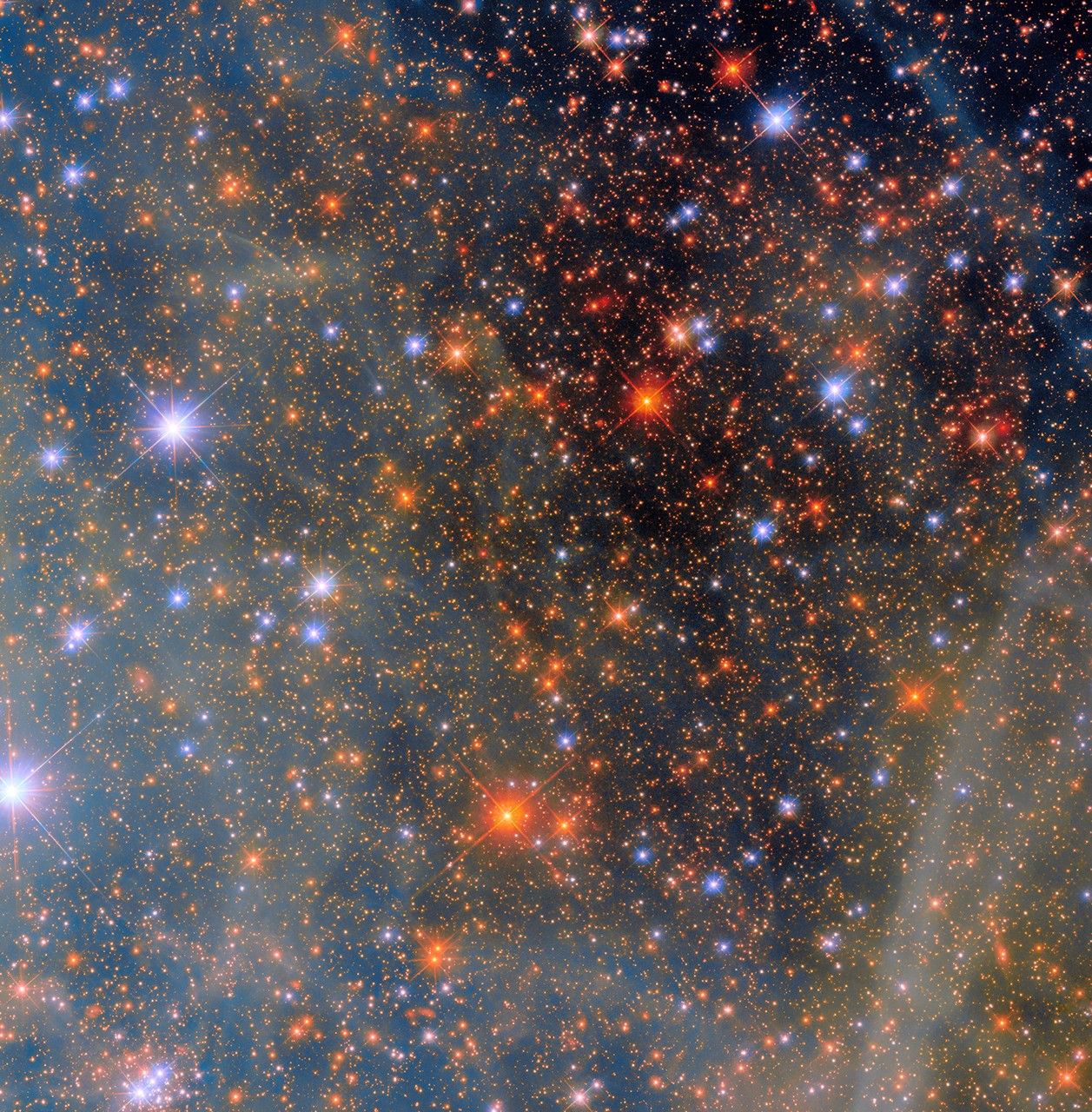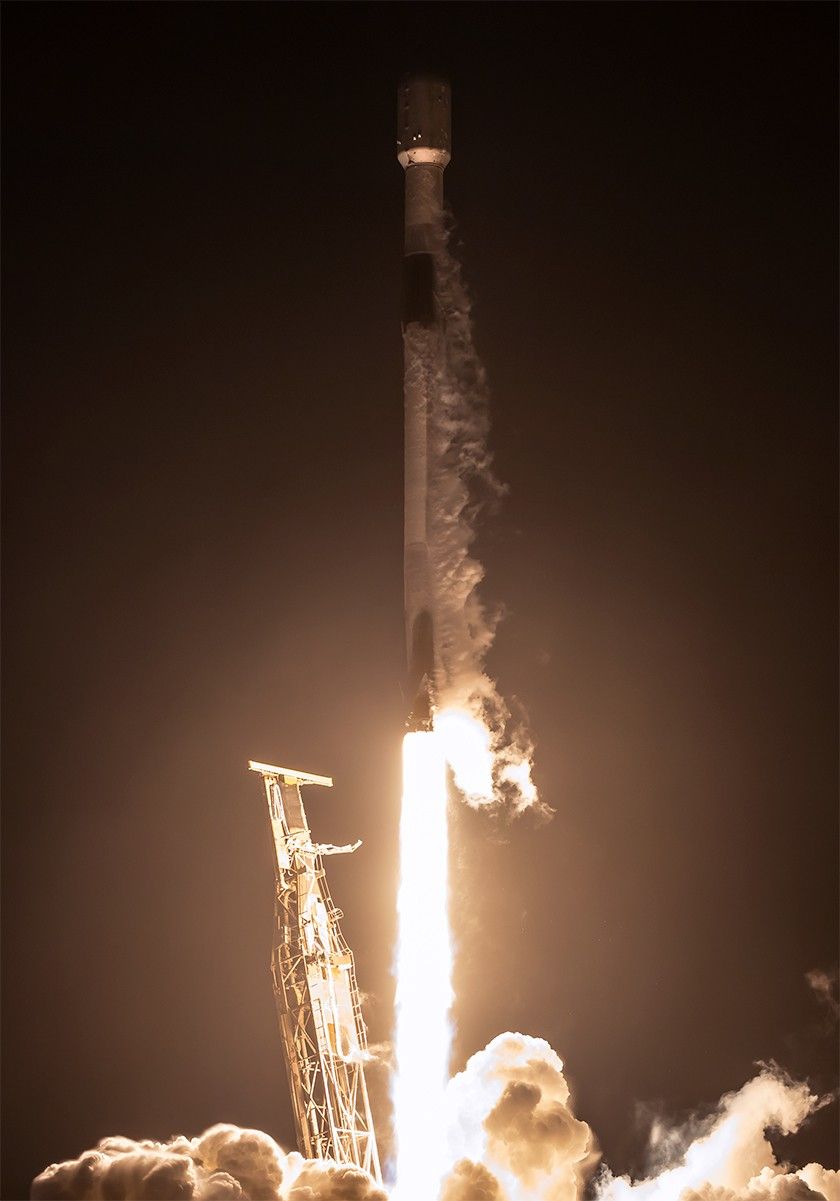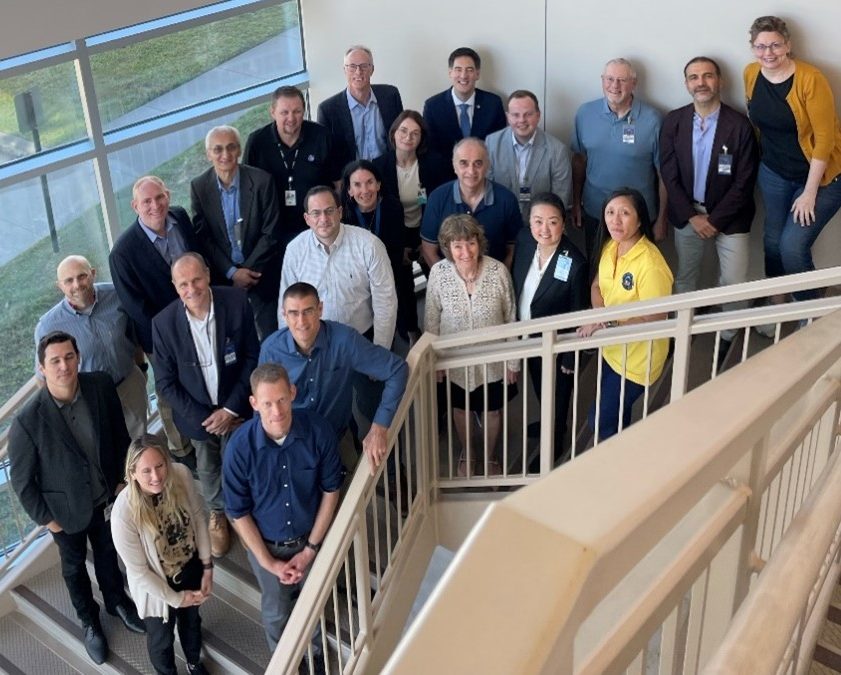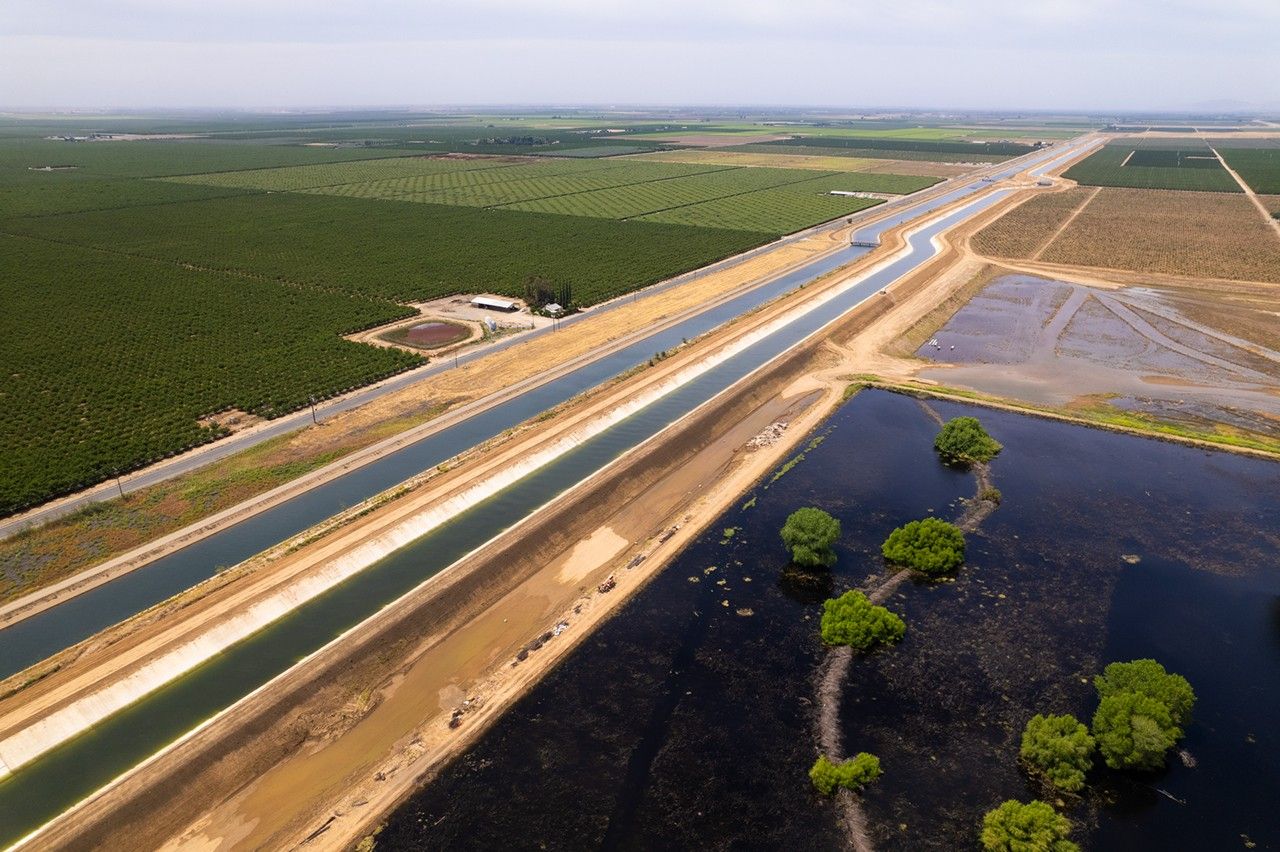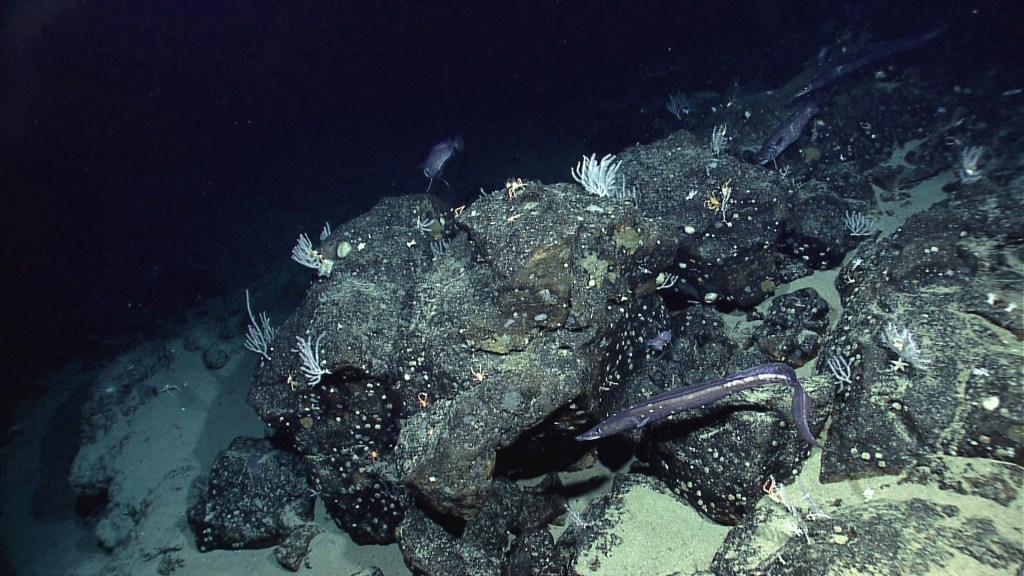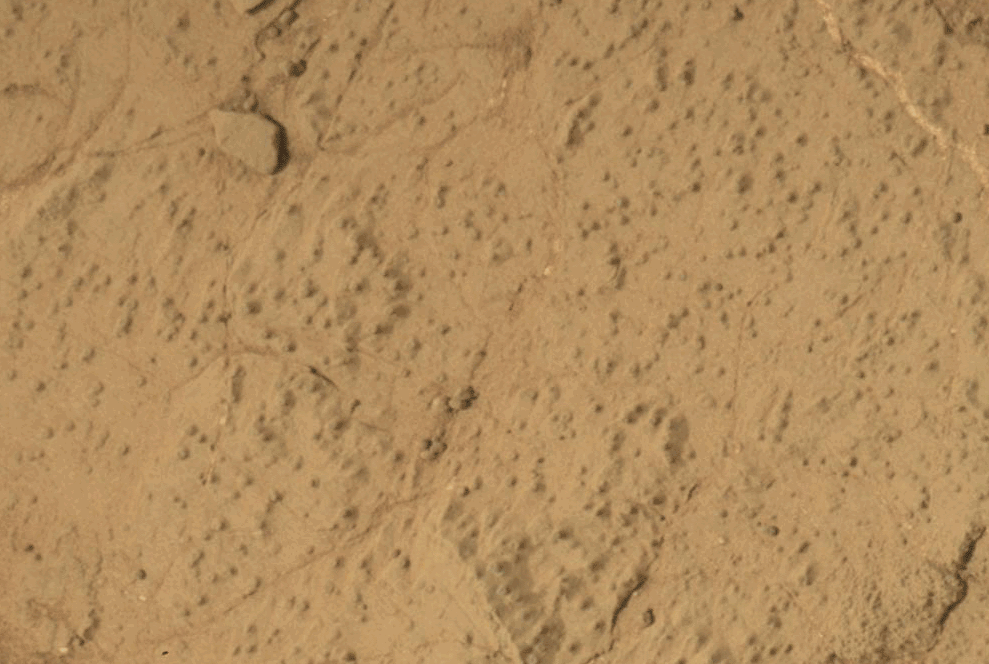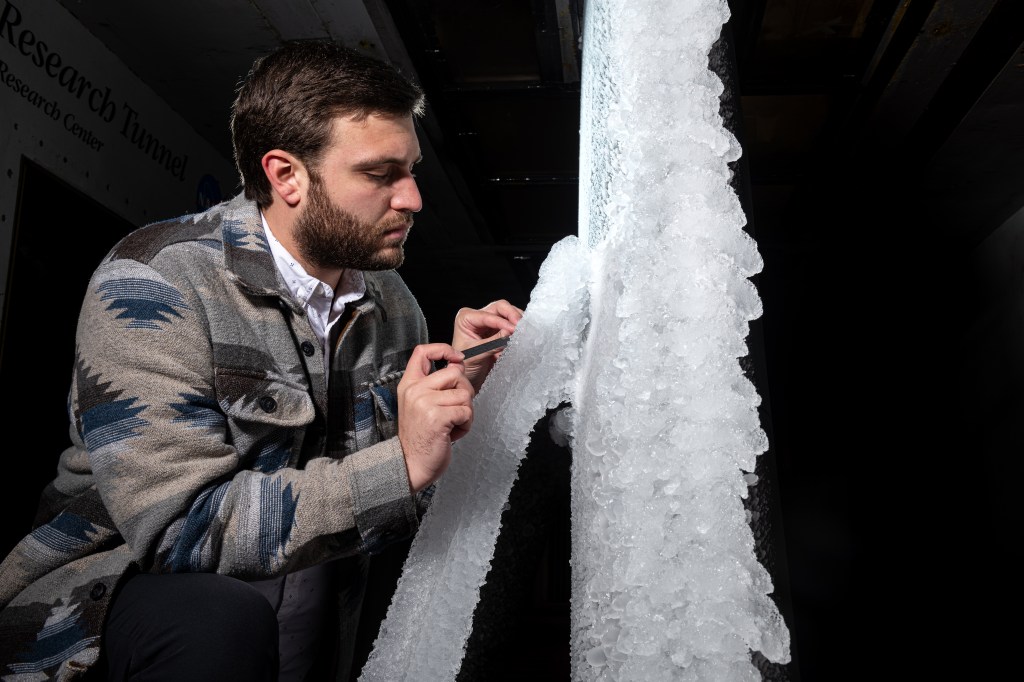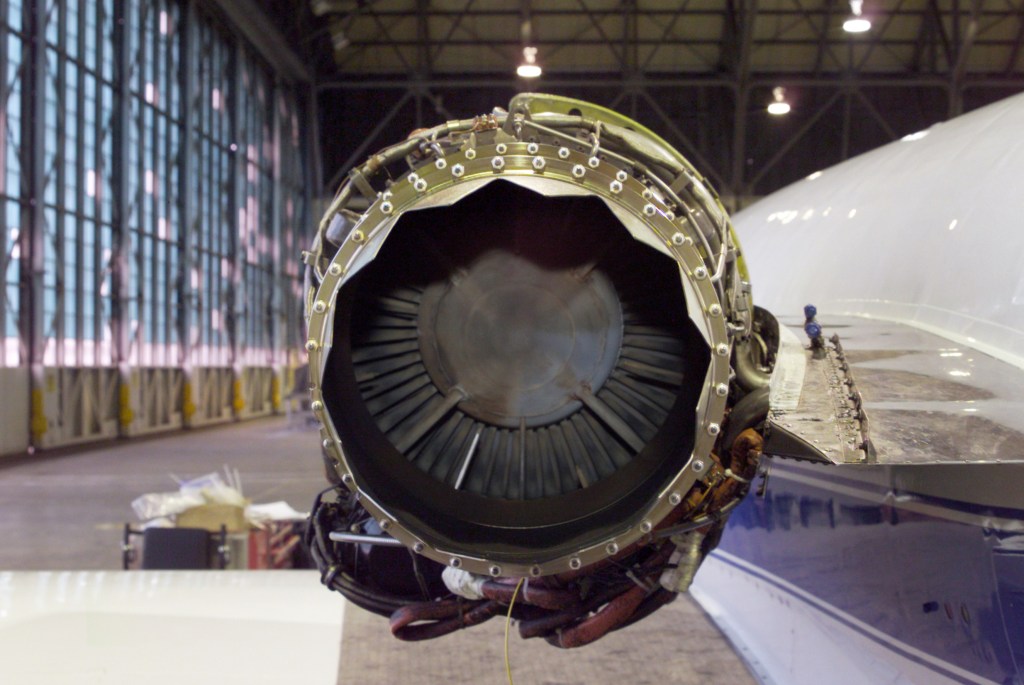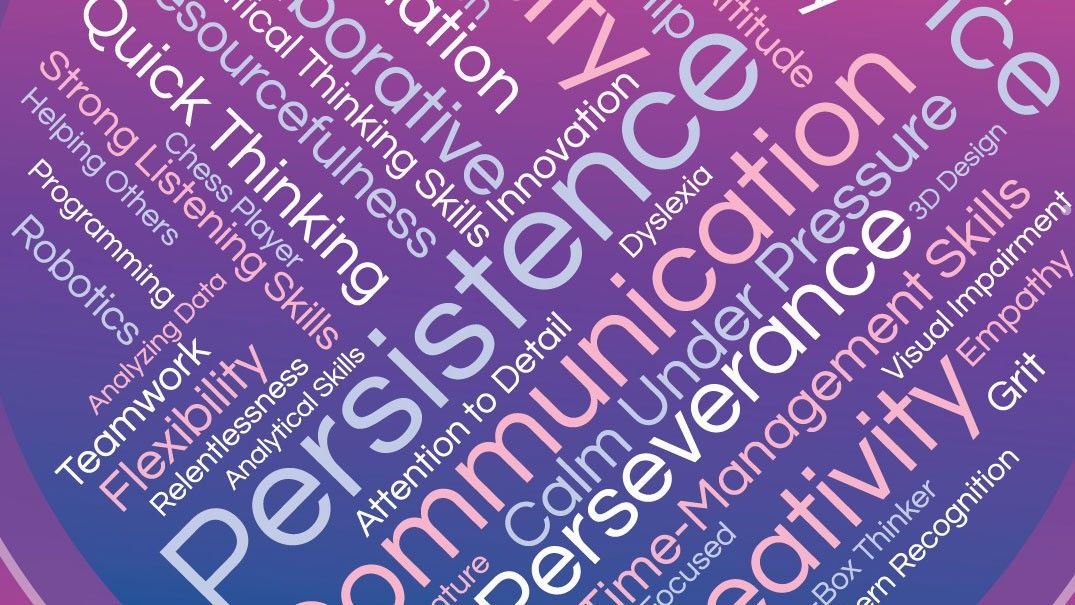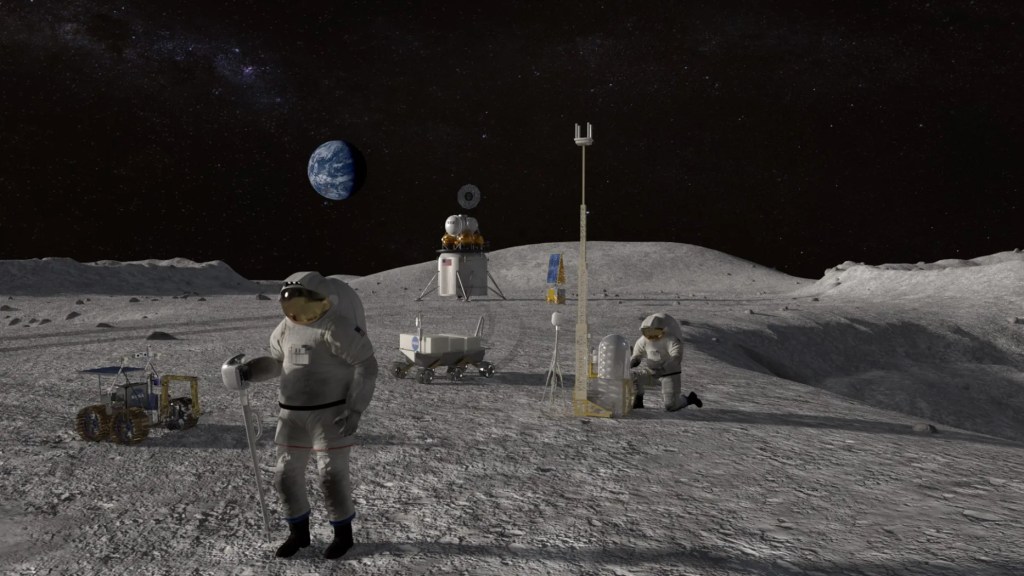Three Soyuz Crew Members Wrap Up Mission on Space Station
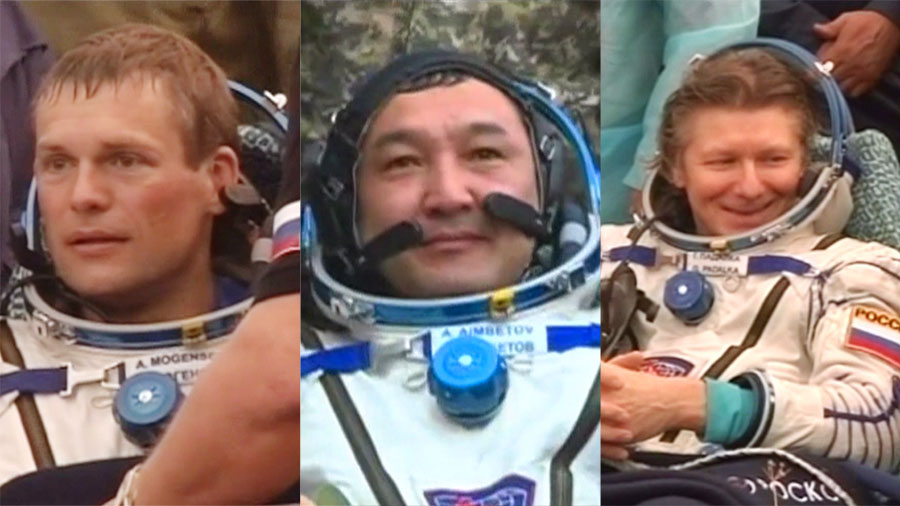
Three crew members from the International Space Station returned to Earth on Friday. The landing in Kazakhstan wrapped up a 168-day mission for one cosmonaut and a brief 10-day visit for two, as well as returned a cache of samples from several NASA human research experiments aboard the station.
Expedition 44 commander Gennady Padalka of the Russian Federal Space Agency (Roscosmos) and visiting crew members Andreas Mogensen of ESA (European Space Agency) and Aidyn Aimbetov of the Kazakh Space Agency touched down at 8:51 p.m. EDT (00:51 UTC, 6:51 a.m. on Saturday, Sept. 12, Kazakhstan time) southeast of the remote town of Dzhezkazgan in Kazakhstan. Russian recovery teams will help the crew exit the Soyuz vehicle and adjust to gravity after their stay in space.
Padalka arrived at the International Space Station on March 27 along with one-year mission crew members NASA astronaut Scott Kelly and Mikhail Kornienko of Roscosmos. Padalka spent 168 days in space during Expeditions 43 and 44, traveling more than 71 million miles. This completes Padalka’s fifth trip to space for a total of 879 days in space, the most by any human.
Mogensen and Aimbetov spent 10 days in space, delivering a new Soyuz spacecraft that will return Kelly and Kornienko and Russian cosmonaut Sergey Volkov in March. They arrived with Russian cosmonaut Sergey Volkov, who will return to Earth with Kelly and Kornienko in March 2016. It was the first flight to space for both Mogensen and Aimbetov, who made 160 orbits of Earth and traveled more than four million miles during their 10 days in space as visiting crew members. During their short time in orbit, they participated in a number of experiments on behalf of their respective space agencies, focusing on the areas of human research, Earth observation and technology development. They arrived with Russian cosmonaut Sergey Volkov, delivering a new Soyuz spacecraft in which Volkov, Kelly and Kornienko will return to Earth in March 2016.
NASA experiments returning on the spacecraft include blood samples for NASA’s Twins Study, a unique research demonstration using Kelly and his twin brother, former NASA astronaut Mark Kelly, to understand the effects of long duration spaceflight and further NASA’s use of personalized medicine in space. Additional samples for the Salivary Markers and Microbiome studies also returned to Earth.
One item, the Skinsuit, was tested in orbit by ESA astronaut Andreas Mogensen. Some astronauts’ spines have been shown to lengthen as much as 7 cm in weightlessness, which can cause pain. The Skinsuit was demonstrated in microgravity to see if it may help astronauts counteract potential back problems in microgravity. The specially designed overalls simulate gravitational forces from Earth by constricting the body from shoulders to feet.
Testing this clothing item in space may help astronauts with any back pain they experience on long-duration missions. Further, the Skinsuit has potential use for older adults with spine issues and people suffering from low-back pain on Earth. It also could be used as a support item for people with conditions like cerebral palsy, a disorder affecting movement, muscle tone and/or posture.
Samples from one Rodent Research study are returning with this Soyuz flight, as well. These types of experiments examine how microgravity affects animals, providing information relevant to human spaceflight, discoveries in basic biology and knowledge that will have direct impact toward human health on Earth.
Remaining aboard the orbiting laboratory to continue important research and station maintenance during Expedition 45 are Kelly, Kornienko, Volkov, NASA’s Kjell Lindgren, Oleg Kononenko of Roscosmos, and Kimiya Yui of the Japan Aerospace Exploration Agency.

